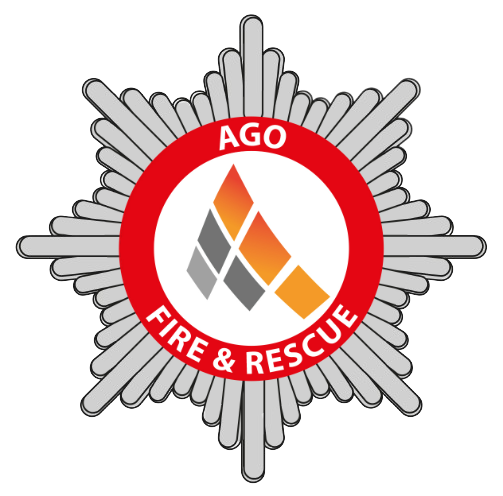Wet Chemical Extinguishers
Wet Chemical Extinguishers: Wet Chemical Extinguishers are used for Class F fires. Class F fires are cooking fats and oil fires. This extinguisher works by discharging a high-density substance which smoothers the fire creating a barrier which prevents the fire from spreading and allows the fire to cool.
